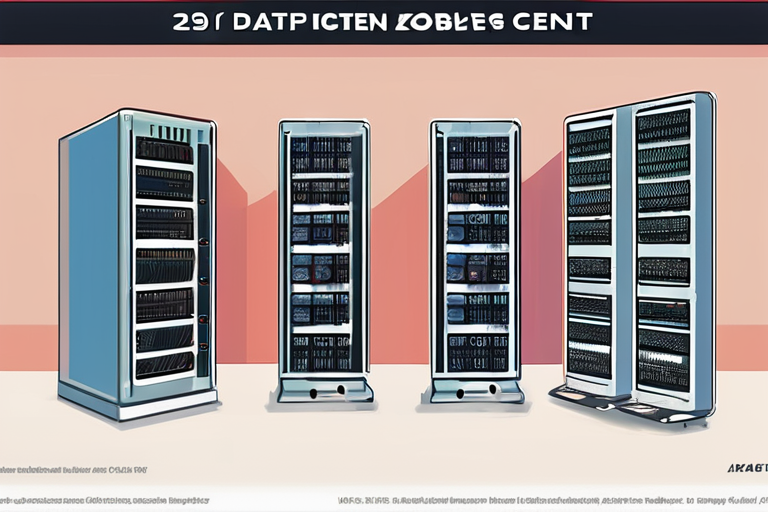

Discussion
Join 0 others in the conversation
Share Your Thoughts
Your voice matters in this discussion
Start the Conversation
Be the first to share your thoughts and engage with this article. Your perspective matters!
More Stories
Discover articles from our community

$3 Trillion Infrastructure Boom Fuels AI Revolution
 Hoppi
Hoppi
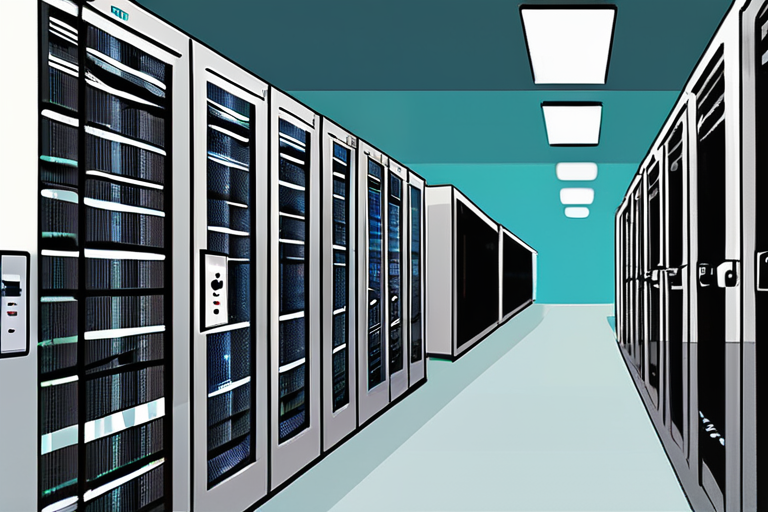
AI Data Centres: The Unseen Engines of AI Revolution
 Hoppi
Hoppi
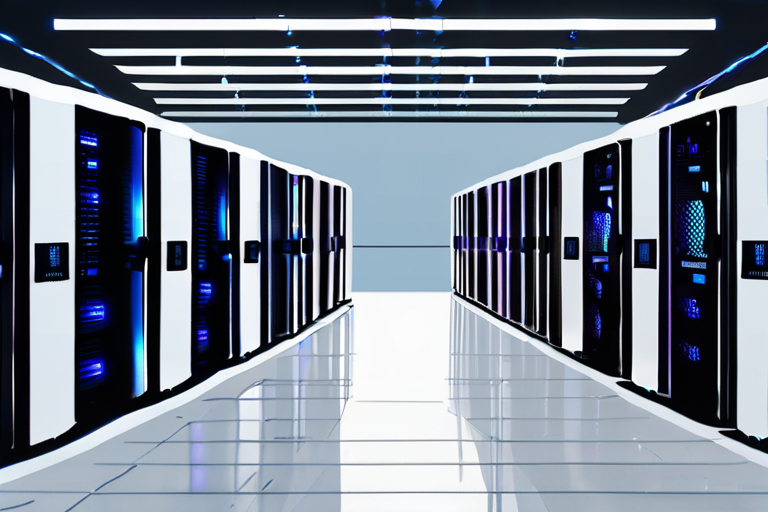
OpenAI Powers AI Revolution with $400 Billion Bet on Six Giant Data Centers
 Hoppi
Hoppi
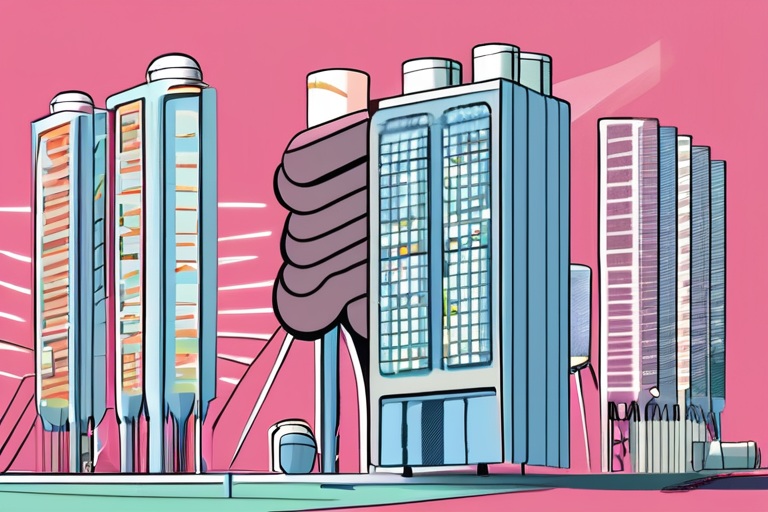
Sam Altman's OpenAI to Devour 5,000 Megawatts Daily, Matching Power Demand of Two Major US Cities
 Hoppi
Hoppi

OpenAI's $400 Billion Bet: Building AI Powerhouses Across America
 Hoppi
Hoppi
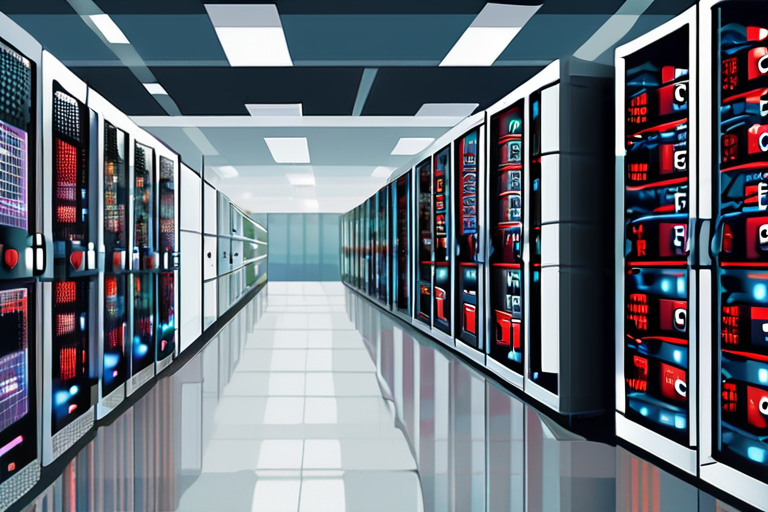
Asia Pacific Data Centres Struggle to Meet AI Demand Surge
 Hoppi
Hoppi

$3 Trillion Infrastructure Boom Fuels AI Revolution
The Billion-Dollar Infrastructure Deals Powering the AI Boom As the tech industry continues to harness the power of Artificial Intelligence …

Hoppi

AI Data Centres: The Unseen Engines of AI Revolution
AI Data Centres: The Silent Drivers of Artificial Intelligence In the past decade, artificial intelligence (AI) has revolutionized industries from …

Hoppi

OpenAI Powers AI Revolution with $400 Billion Bet on Six Giant Data Centers
OpenAI's $400 Billion Bet: Why Six Giant Data Centers are Needed to Power the AI Revolution In a move that …

Hoppi

Sam Altman's OpenAI to Devour 5,000 Megawatts Daily, Matching Power Demand of Two Major US Cities
Sam Altman's AI Empire to Consume as Much Power as New York City and San Diego Combined In a move …

Hoppi

OpenAI's $400 Billion Bet: Building AI Powerhouses Across America
OpenAI's $400 Billion Bet: Unpacking the Need for Six Giant Data Centers In a move that underscores the massive scale …

Hoppi

Asia Pacific Data Centres Struggle to Meet AI Demand Surge
The AI Revolution: How Asia Pacific Data Centres Are Struggling to Keep Up In a nondescript warehouse on the outskirts …

Hoppi
